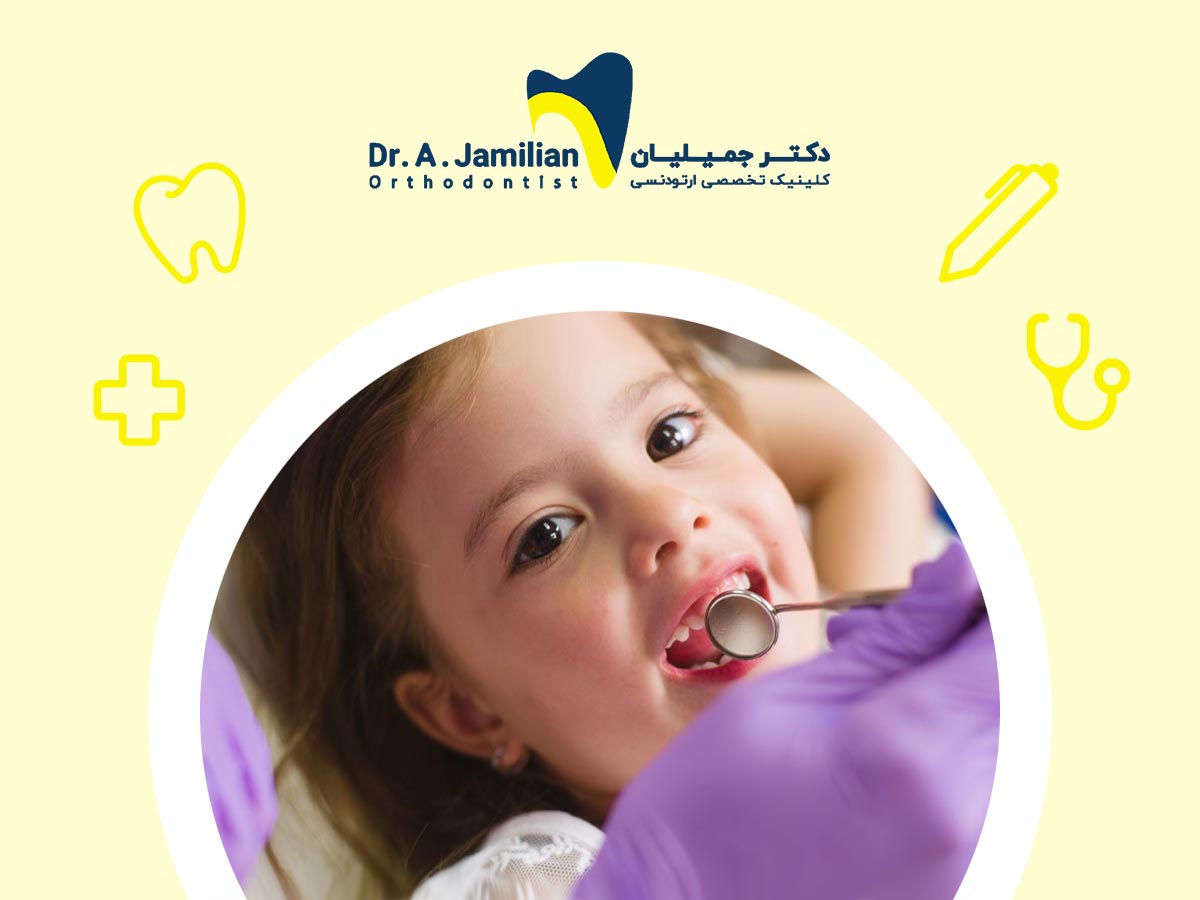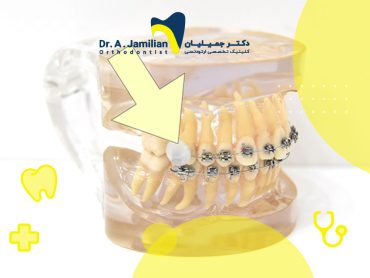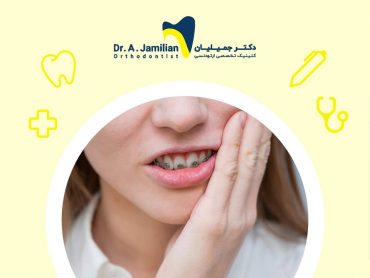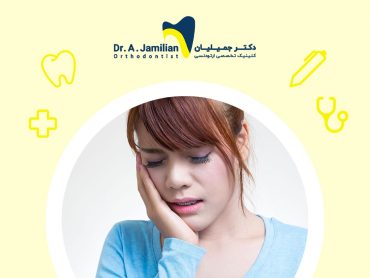If you care about your child’s appearance, oral health, and beauty of the smile, orthodontic care can help you ensure all these issues. Pediatric orthodontics not only brings your children a beautiful smile and aligned teeth but also makes tooth brushing and flossing easier to prevent tooth decay and periodontal disease.
What is pediatric orthodontics?
Pediatric orthodontics is a branch of dentistry aiming to correct maxillofacial abnormalities and malocclusions in children. Pediatric orthodontics aims to align and level teeth for harmoniously fitting upper and lower teeth. Orthodontic appliances can correct maxillofacial abnormalities in children without any need for a surgical procedure.
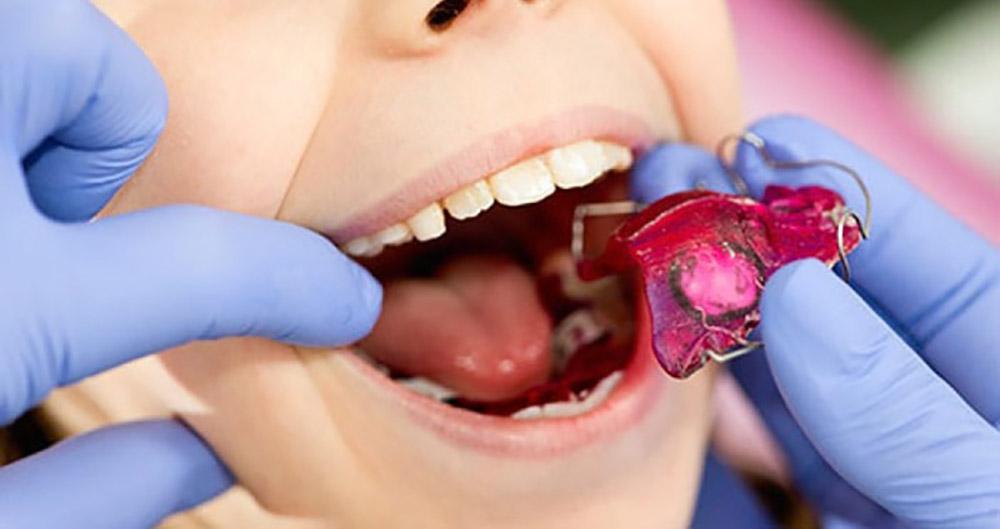
Pediatric orthodontic appliances
Various orthodontic appliances can be used for correcting maxillofacial abnormalities and malocclusions in children, including fixed orthodontic appliances (e.g., brackets) and removable orthodontic appliances (e.g., space maintainers). Brackets of different colors are used in pediatric orthodontics to make the treatment more pleasant to children. In contrast, adults usually prefer invisible or transparent brackets because of their particular social situations or work.
Silver-colored orthodontic brackets and archwires are typically used. Colorful small elastic bands used in fixed orthodontics to hold the archwire’s brackets provide a beautiful and attractive colorful design to children’s mouths. More interestingly, the color of elastic bands can be changed to enjoy various colors whenever children visit the orthodontist for periodic checkups.
What are the benefits of primary orthodontic interventions?
The main difference between pediatric and adult orthodontics is that children’s orthodontic protocols are more preventive. In addition to conventional orthodontic purposes, a pediatric orthodontist can early diagnose and treat bad habits and primary problems, causing more serious complications in the future.
Less-invasive methods can correct early diagnosed childhood maxillofacial abnormalities or malocclusions without any need for surgical procedures. Therefore, children should be regularly taken to an orthodontist for periodic checkups to diagnose and treat any possible problem.
Since teeth and jaws are still growing in children, orthodontic treatments can easily and less painfully form or move them as desired. In contrast, adults may experience more severe pain during orthodontic treatments because of the fully developed neuromuscular structure. Children who receive orthodontic treatments can enjoy a beautiful and healthy smile in adulthood.
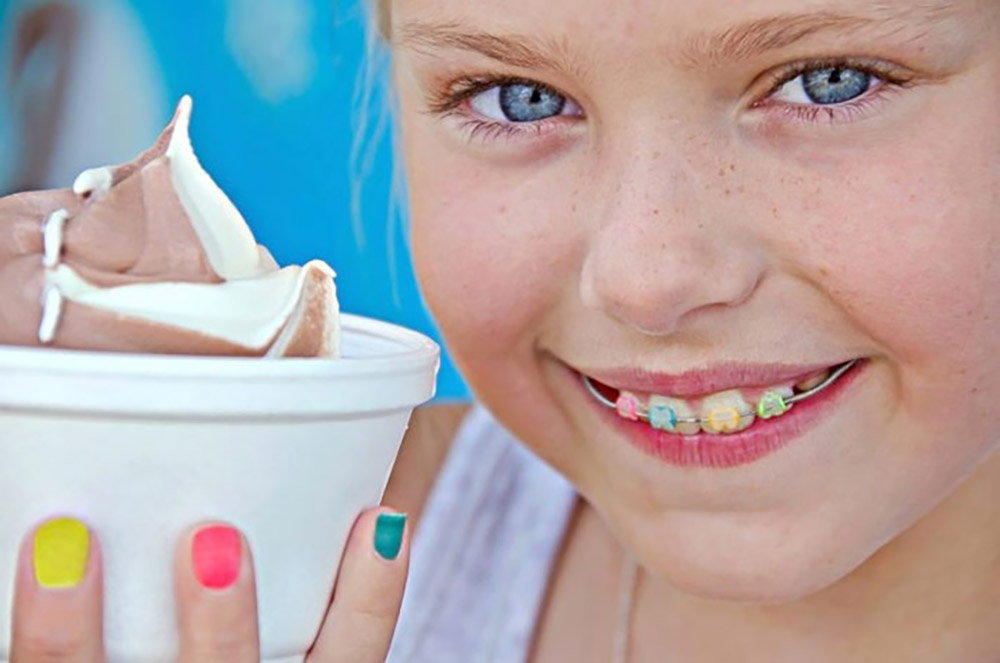
Other advantages of pediatric orthodontics include:
– Identifying and preventing the further development of bad habits such as finger and tongue sucking and mouth breathing
– Preventing the poor development of children’s jaws and teeth and correcting abnormalities such as temporomandibular disorders (TMDs)
– Eliminating the need for further treatment in the future, especially surgical procedures
– Achieving more favorable therapeutic results with fewer risks
Best time for pediatric orthodontics
Despite the probable prescription of orthodontic treatments for patients of different age groups, orthodontists believe that orthodontic treatments can produce more effective and favorable results in patients aged 8 or 9 years because teeth and jaws are more changeable at this stage. Moreover, as a child grows, nonsurgical orthodontic treatments can move jaws or teeth to return them to their natural position.
